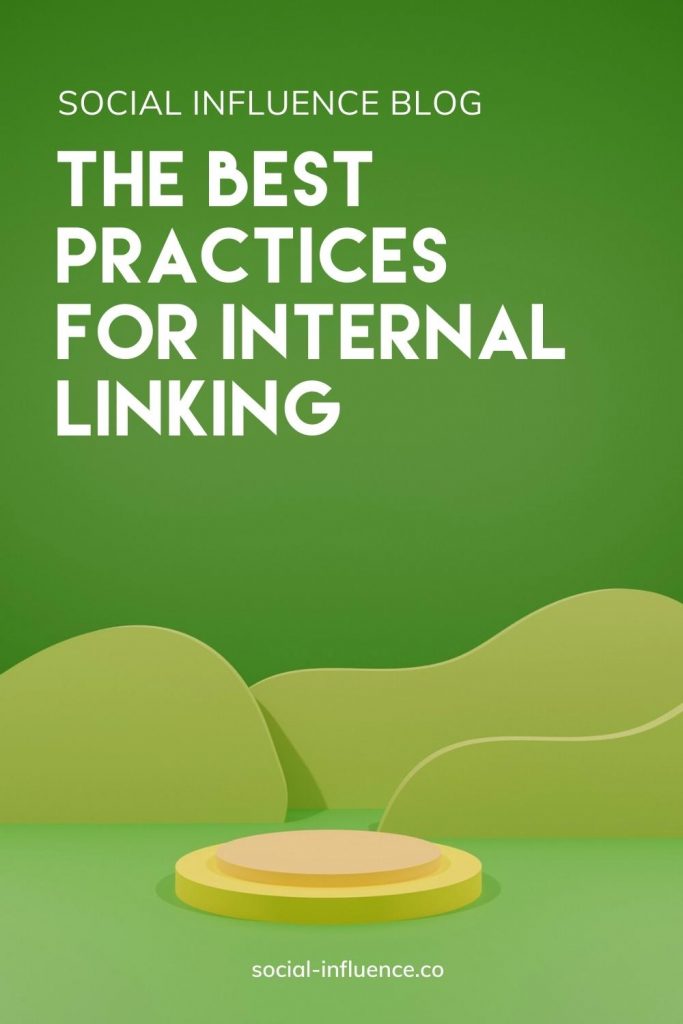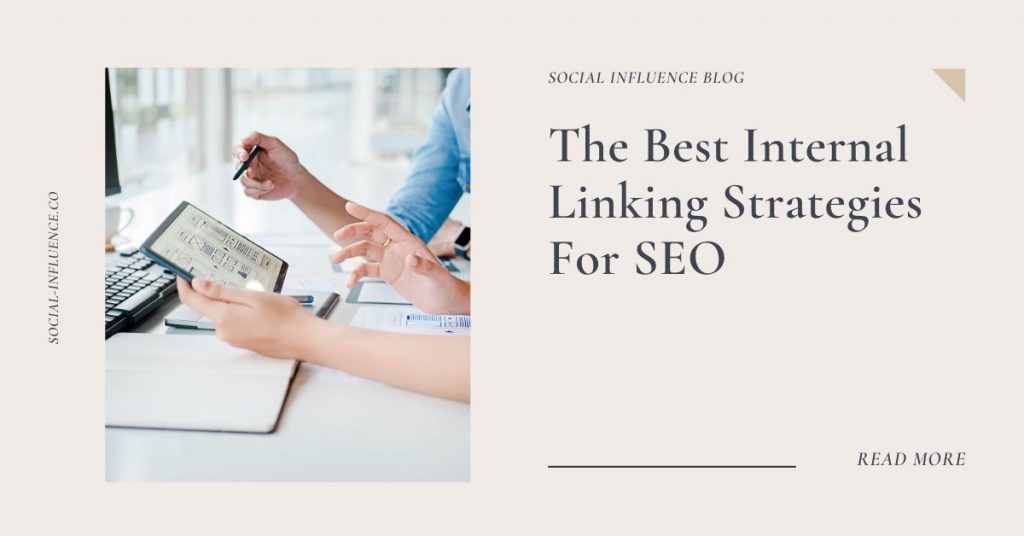|
Getting your Trinity Audio player ready...
|
One of the most important and underrated aspects of SEO is building quality internal links within your website. Internal linking provides an opportunity for higher rankings, but it also increases visitor engagement as it presents relevant content.
In this article, we’ll cover the basics of internal linking, the types of internal links you can use and how to implement them. We’ll also discuss best practices for internal linking, so you can implement them successfully on your own site.
What is Internal Linking?
Internal links are links that point to other pages on your website. This can be done by using anchor text or by using the page’s URL as the link text.
You can use internal links in a number of different ways:
- To encourage users to explore different sections of your site
- To help with navigation on your site (especially if it’s large)
- To increase traffic from internal search engines like Google, Yandex and Bing
Inbound links are not the same as internal links. Backlinks are links that point from one website to yours. Internal links, however, are links that exist within a website. Inbound links from high authority websites are hard to acquire. So you can begin optimizing your website by working on the internal links!
Types of Internal Links
Content links: Links that point to other pages on your website. These are often used when you’re writing blog posts or articles.
Navigation links: Links that point to other pages on your website that are displayed in the navigation menu.
Footer links: Links that are displayed at the bottom of pages and lead visitors to other relevant content on your site.
Should They Be Do-follow or No-follow Links?
Another question when it comes to adding internal links to your texts is whether they should be do-follow or no-follow links. Let’s have a look at the meanings of these;
Do-follow links:
These are the links that tell Google that you want them to be followed by search engines. This means that if a visitor clicks on that link and it takes them to another page within your site, then Google will follow that link and index both pages.
No-follow links:
These are not guaranteed to be followed by search engines, so they don’t pass any value back to your website. However, they do allow visitors to jump from one page to another without leaving your site — which is useful for usability.
Steps to Start Internal Linking on Your Website
The best internal linking strategies depend on your site’s needs and the needs of your audience.
For example, if your audience is mostly composed of people who are interested in learning more about blogging, then it would make sense to link your articles to others that have been written by you on the topic. That way they can explore more topics related to blogging without even having to leave your site.
If you have a different audience with different needs, then you can apply the same strategy differently. For example, if someone from a marketing company wants to find out about SEO techniques and how they work, then it might make sense for them to link to another article about SEO techniques so that they can learn more about it.
Here are the steps to start working on your website’s internal links:

Create a sitemap for your website
The first thing to do is to create a sitemap for your website, which will help Google understand your content better. And this helps Google to crawl it more efficiently.
Eliminate duplication
The second step is to make sure that you have no duplicate content on your site. You don’t want Google to think that you’re trying to cheat the system. So be sure that every page on your site has unique content.
Keywords
The next step is to create a list of keywords that you would like your site to rank for. Once you do that, include them in your content. So that they are naturally included in everything from product descriptions to blog posts.
Internal links
And finally, try using internal links within each page. This way, people who visit your site can navigate through it easily—and ultimately stay longer!
The Best Practices for Internal Linking
Here’s a quick rundown of the best practices for internal linking. These tips will help you gain more traffic and improve your website’s rankings.
1. Link to pages that share similar information.
2. Don’t overdo it – don’t link every page on your site to every other page. Too many can make your site look spammy and create an inconsistent user experience. Directing visitors to unrelated pages and sections of your site is not a good practice for UX.
3. Make sure that all pages are linked from at least one other page on the site. This way you can avoid leaving “orphan” pages (pages that are not connected to any other page).
4. Don’t create too many links per page – three or four should be enough for most sites. If you have more than five internal links per page. Then consider removing some of them or splitting up the content into multiple pages.
5. Don’t link directly to anchor text on another page unless it’s absolutely necessary. For example, if you want to send people directly from one section of an article or blog post to another section without having them jump back up to the top.
6. Use descriptive anchor text. Instead of using generic words like “click here,” use keywords or phrases that accurately describe what people will find when they click on the link.
Conclusion
To summarize it all, internal linking can help you get a quick boost of traffic to your site. But more than that, it can provide you a way to better understand your website and identify areas you need to work on, such as content and keyword optimization. Better internal linking will translate into higher user engagement, more time spent on-site, and an easier time optimizing for search engines.






